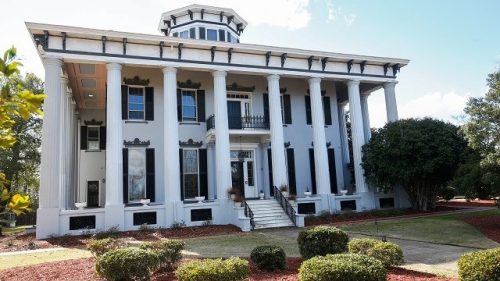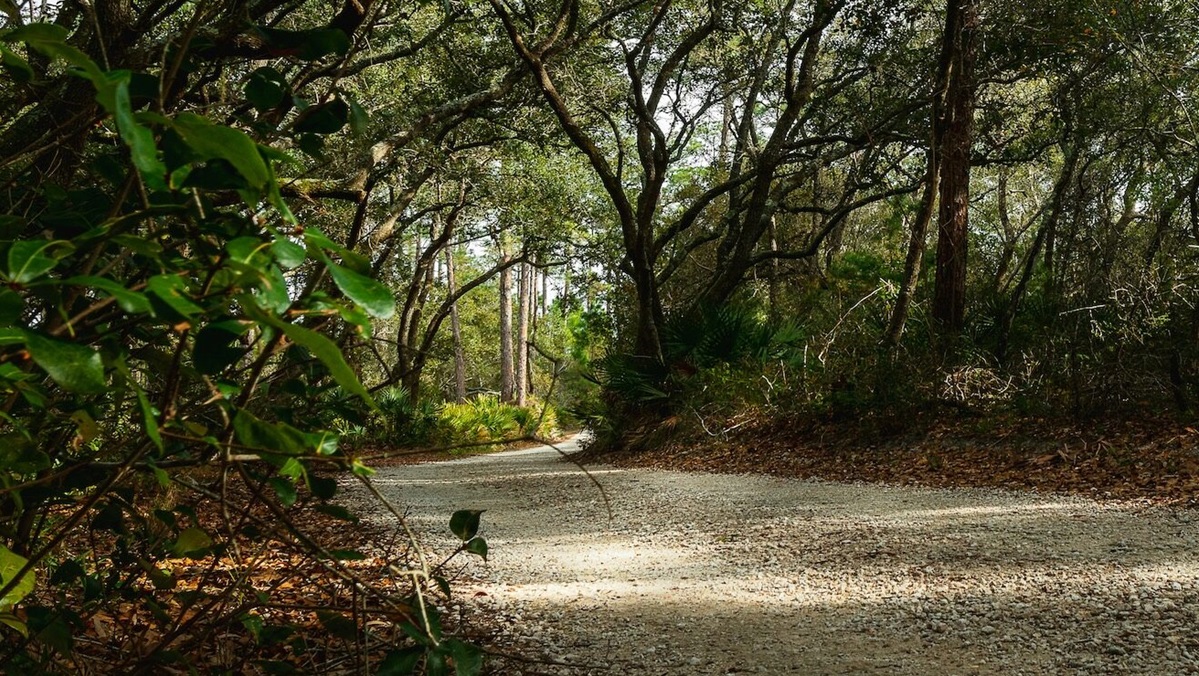National Trust for Historic Preservation approves grants for three African American historic sites in Alabama

A historic image of Tuskegee Institute, now Tuskegee University, which will benefit from a grant from the National Trust for Historic Preservation. (Wikipedia)
As the nation prepares to celebrate the federal holiday of Juneteenth, marking the end of slavery in the United States, two of Alabama’s historically Black colleges and universities (HBCUs) and an African American cultural center in west Alabama are receiving grants to help with their preservation.
The National Trust for Historic Preservation announced the grants this week, which will help protect 40 African American historic sites across the country.
The grants, from the trust’s African American Cultural Heritage Action Fund, are aimed at advancing “ongoing preservation activities for historic places such as homes, museums and landscapes that represent African American cultural heritage,” trust officials said in a news release. To date, the fund has provided more than $20 million to 242 historic African American places nationwide.
The latest round of grants, ranging from $50,000 to $155,000, are divided among three trust initiatives focused on preserving African American history: a broad, national grant program, one aimed at conserving modern architecture by Black architects and designers and one designed to preserve cultural assets at HBCUs.
The Freedom Quilting Bee Cooperative, now the Freedom Quilting Bee Legacy, located in Alberta, is the recipient of one of the trust’s national grants. Established by civil rights activists Francis X. Walter and Estelle Witherspoon in 1966, the cooperative was originally a place for Black quilters, evicted from their homes in the community of Gee’s Bend, in Wilcox County, during the civil rights movement, to work and sell their extraordinary creations that are now collected across the globe. A portion of the space now serves as a museum highlighting the community’s artistic legacy and providing educational programming. A project planning grant from the trust will support plans to upgrade the original building and carry out the long-term vision for the center, which includes opening a café, event center and gift shop, building a library, classrooms and workshops, constructing a walking trail, and building cabins for rent and to house artists and instructors.

Grey Columns, a historic antebellum mansion that serves as home to the president of Tuskegee University. (Contributed)
Receiving grants under the HBCU Cultural Heritage Stewardship Initiative were Talladega College and Tuskegee University, among six HBCUs nationwide that received grants.
Encompassing a 55-acre historic district, Talladega College was the first private, historically Black liberal arts college in Alabama and exhibits a “wide range of architectural styles,” according to the trust, with historic buildings dating from 1869, including the Savery Library, the original home of the nationally recognized Amistad murals painted by noted artist Hale Woodruff. The trust grant will fund a comprehensive project plan, which will include the college’s first campuswide preservation plan and its first master plan, laying “the foundation for the preservation of Talladega College’s rich history,” the trust said.

Hale Woodruff’s Amistad murals hang in the library of Talladega College. (Dennis Washington / Alabama News Center)
The grant supporting Tuskegee will go to the university’s Department of Architecture, which will develop a “sustainability and climate change resiliency plan” that will include preservation strategies to address the effects of climate change on its historic resources.
Founded in 1881 as Tuskegee Institute under the leadership of Booker T. Washington, the campus is a National Historic Site that has grown to more than 5,000 acres and includes over 100 buildings.
Learn more about the trust at savingplaces.org.







